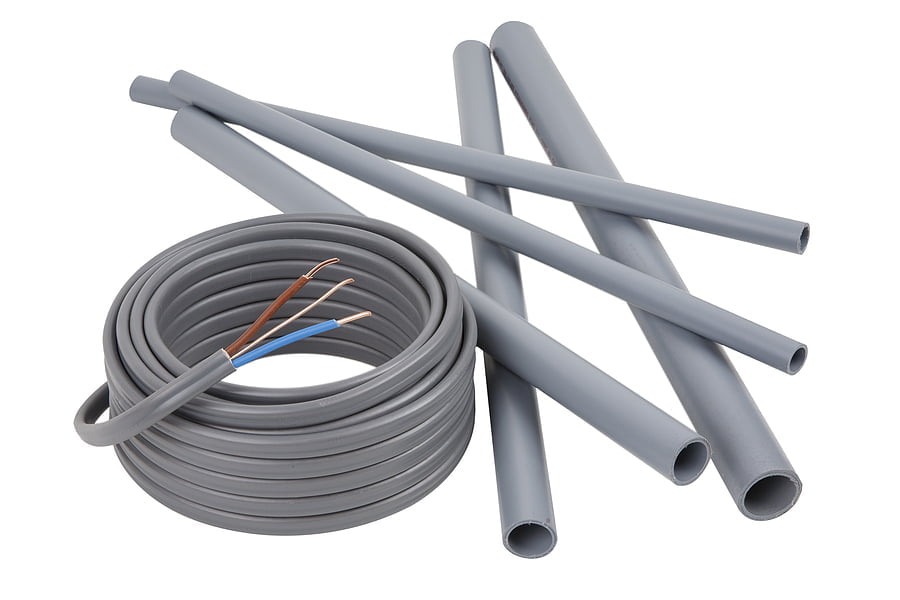Everything You Need to Know About polyvinyl chloride( PVC)

PVC (short for polyvinyl chloride) is one of the most widely used polymers in the world, and this isn’t likely to change anytime soon. It has over 100 different applications in everyday life, ranging from medical to construction, so chances are that you’re probably using it every single day without even realizing it! What are some common uses of PVC? How safe and healthy is PVC compared to other materials? And what can we expect from PVC going forward? Read on to find out more about this ubiquitous polymer!
What is PVC
PVC, short for polyvinyl chloride, is one of the most widely used polymers in the industry today. pvc has a wide range of applications from building and transport to health care and packaging. The name PVC has been coined by combining poly (for polymer) with vinyl (for vinyl chloride monomer, which is a raw material for polymer production). It has both good chemical resistance and mechanical strength. There are many different kinds of PVC products available on the market: PVC sheet, pipe/piping/plumbing conduit, and wire/wire insulation; ABS sheet, pipe/piping; CPVC tube and plumbing tubing; as well as PCV pipe—to name just a few.

The Advantages of Using PVC
PVC is a thermo-set polymer, meaning it will not dissolve or react when in contact with other materials or water and allows for greater design flexibility. What’s more, PVC is known to offer greater impact resistance than its counterparts, making them ideal for applications where light is a factor. When used as a canvas for artwork, sculptures and murals that have low surface permeability can be made. Over time PVC will exhibit only minor signs of aging like UV discoloration; which allows artwork on PVC canvases to remain perfectly preserved over many years after its creation. Or for uses such as advertising banners, flags, and pennants; PVC is more flexible than its vinyl counterparts resulting in a longer lifespan overall even after continuous use. And much more…
The Disadvantages of Using PVC
A PVC facade can degrade over time. The material becomes brittle and has a tendency to become discolored. There have been reports of pores developing within pvc skivor which leads some experts to believe that water may begin seeping into buildings through these compromised spaces. These problems will likely lead builders and engineers away from using PVC in favor of more durable building materials like fiberglass.

Replacing Plastic Bottles with Glass Bottles
Inexpensive, fashionable, and eco-friendly! Plastic is wonderful material and has many uses in our everyday lives. The convenience of plastic bottles is hard to beat – with their transparency, ease of carrying, durability, strength, and recyclability. The two most common types of plastic that are used for soft drink bottles are High-density Polyethylene (HDPE) and Polyethylene terephthalate (PET or PETE). PET bottles are almost always used for carbonated soft drinks while HDPE often serves as a packaging solution for many non-carbonated beverages including juices, teas, and water. In order to replace glass bottles with PVC panels, you will need an extra 5–6 months before going into mass production.




